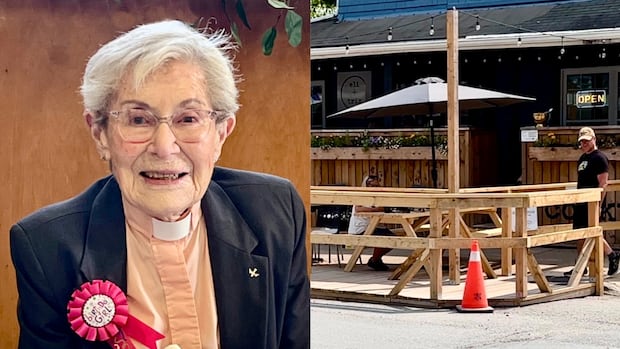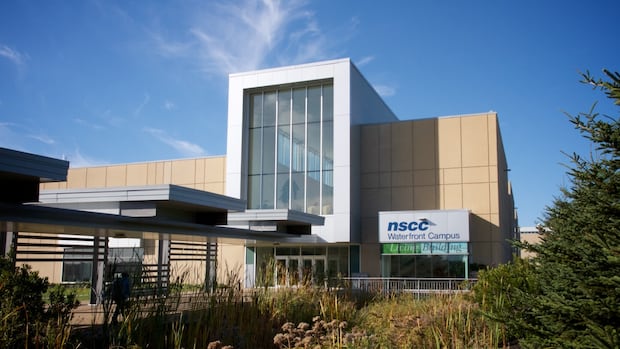CBRM looking for company to process debris left behind by Fiona
The Cape Breton Regional Municipality is looking for help to deal with several thousand tons of tree debris left in the wake of post-tropical storm Fiona more than a year ago.
The municipality has been collecting trees felled by the storm over the past year and has deposited some of them throughout its waste management facility. A portion of that material was taken off site and shredded, but the municipality has now issued a tender to get help processing the material.
The site where the debris is located is vast and includes several rows of twigs, branches, stumps and root systems.
“It’s all windrows down there, there’s probably 500 meters of windrows that are anywhere from 30 to 40 feet wide,” said Francis Campbell, the municipality’s solid waste manager. “It’s in the thousands of tons of material.”
Campbell said the municipality is out of capacity in the landfill to store more of the debris. He also said once it’s processed and reduced they could find uses for the material, as other municipalities have.
“In some of the other areas, it’s gone to waste energy,” he said. “It could be composted — we’re not limiting ourselves to what can be done.”
Campbell said their waste management facility has never had to deal with the amount of waste that was produced by the storm.
Halifax storm clean-up
The province’s largest municipality has been faced with similar challenges after Fiona, but more so after post-tropical storm Dorian in 2019.
Dorian knocked down hundreds of trees in Halifax’s South End. Once the trees were removed from streets and private property, most were processed and chipped.

“The material is actually shredded on site and is diverted toward our new compost facility,” said Crispin Wood, HRM’s manager of urban forestry.
But Wood said he believes Fiona produced more debris than his municipality dealt with during the past two storms, and HRM has more resources to deal with the clean-up.
Most of the tree debris from both storms was converted into wood chips and compost, he said.
“Our Parks Department uses some of the chipped material in some of their, you know, horticultural applications. And we’ve got some community groups to borrow some for use for trails,” he said. “That’s a small amount. Really the majority of that goes to compost.”



